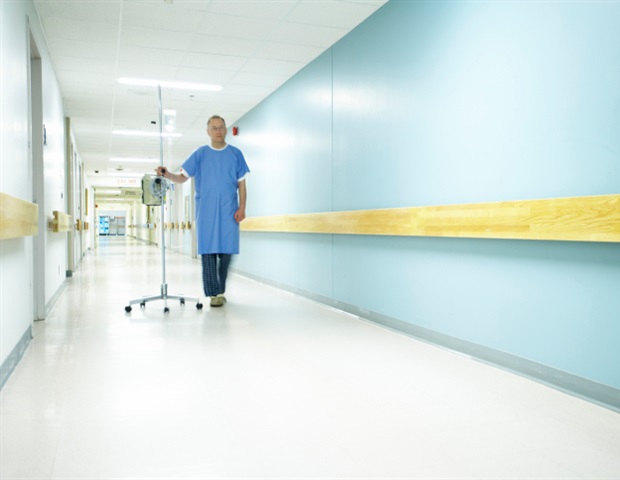
[ad_1]

Healthcare staff might be relieved to know that hospital espresso machines usually are not answerable for spreading illness and a basic ban does not appear vital, finds a research printed within the Christmas situation of The BMJ.
In a bid to eradicate hospital acquired (nosocomial) infections, numerous objects have been investigated as breeding grounds for micro organism together with docs’ ties and even hospital Bibles.
However regardless of being commonly touched by a number of naked arms, the potential of hospital espresso machines as a supply of an infection had not beforehand been explored.
To deal with this, researchers in Germany assessed the microbial inhabitants in healthcare-associated espresso machines, with a concentrate on the World Well being Group’s high-priority “ESKAPE” pathogens (Enterococcus faecium, Staphylococcus aureus, Klebsiella pneumoniae, Acinetobacter baumannii, Pseudomonas aeruginosa, and Enterobacter species).
These micro organism pose an rising risk as a result of they’re proof against many antibiotics and might result in deadly bloodstream or catheter-associated infections.
From 31 October to 31 December 2022 the researchers swabbed a complete of 25 espresso makers spanning a variety of totally automated, capsule (resembling Nespresso), and espresso machines.
Seventeen had been from break rooms and workplaces at a college hospital’s Division of Anaesthesiology and Intensive Care Drugs and on the Institute for Medical Microbiology, Immunology, and Hygiene, each in Cologne, Germany. An extra eight had been in workers members’ properties.
All espresso makers had been in use for at the very least a 12 months, and none was specifically cleaned earlier than sampling. There was no present illness outbreak at any of the places on the time of sampling.
Every of the espresso makers was swabbed at 5 specified websites on the machine: the drip tray, the outlet, the buttons, the deal with of the water tank, and the within of the water tank.
Species had been recognized from cultures utilizing spectrometry. Typical pathogens had been grouped into “medically related” and commensals into “atypical pathogens” and differentiated by Gram sort: constructive or unfavorable (the latter have an outer membrane, which aids antibiotic resistance).
Unsurprisingly, microbial development was detected on each espresso machine and hospital machines had been about 3 times as closely colonized (360 strains remoted from 72 constructive swabs) as house machines (135 strains remoted from 34 constructive swabs).
Most detected species had been commensals (micro organism that stay on the pores and skin or within the intestine and pose no risk to well being). Just a few medically related and no antibiotic-resistant pathogens had been recognized.
Among the many eight kinds of medically related Gram-negative species detected, 81% had been present in espresso makers on the hospital, primarily collected from drip trays, retailers, and water tank handles, emphasizing the necessity to comply with hand hygiene protocols.
Staphylococcus aureus was the one presumably Gram-positive illness inflicting species collected: as soon as on the buttons of a house espresso maker and as soon as on the within of a water tank on the hospital, suggesting that customers’ arms contact even unlikely components of the machines, observe the authors.
“To our nice aid, regardless of their potential for pathogen origins in nosocomial outbreaks, a basic ban on espresso makers does not appear vital,” they write. What’s extra, the research has reportedly resulted in intensive cleansing measures.
They add: “Our ideas now flip to tea consuming nations. Are teapots, kettles, and scorching water spouts comparable breeding grounds for micro organism? Are the excessive temperatures within the pots adequate to kill all potential pathogens? And what concerning the handles?”
Supply:
Journal reference:
Walker, S. V., et al. (2023). Bug in a mug: are hospital espresso machines transmitting pathogens? BMJ. doi.org/10.1136/bmj.p2564.
[ad_2]